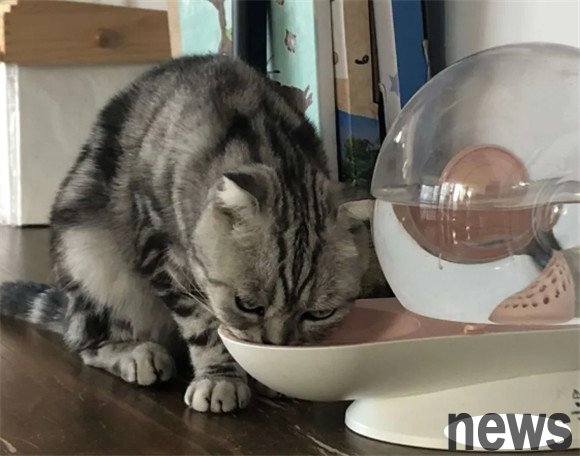Cat sterilization surgery is a very important surgical procedure for pet cats. It helps to control unnecessary breeding, reduce excessive number of stray animals, and improve cat health and behavioral characteristics. Although sterilization is consi...
Cat sterilization surgery is a very important surgical procedure for pet cats. It helps to control unnecessary breeding, reduce excessive number of stray animals, and improve cat health and behavioral characteristics. Although sterilization is considered a common small operation, nursing work before and after sterilization is crucial, and their different stages require different attention and care from pet owners. Here we will discuss the nursing work before and after cat sterilization surgery to help pet owners better understand how to properly take care of their cats before and after sterilization surgery.

Care before cat sterilization
1. Dietary control
Before cat sterilization surgery, pet owners need to control the cat's diet and do not let the cat eat within 12 hours before the operation to ensure that the cat's stomach is empty during the operation and reduce the risk of vomiting during the operation. Make sure the cat is on an empty stomach. Do not let the cat eat, so as to avoid indigestion during surgery.
2. Water source management
It is also important that pet owners need to avoid letting their cats drink water within 4-6 hours before the operation to prevent fluid swallowing or vomiting during the operation. Fasting state helps reduce respiratory reactions and vomiting after surgery.
3. Preventive measures
People owners need to ensure that the cat has completed the necessary preventive measures, including external deworming, internal deworming, etc. This helps reduce the risk and complications of infection after surgery.
4. Soothe emotions
Cats can easily feel their owner's emotions, so before the operation, the pet owner needs to remain calm and kind, and give the cat enough comfort and care to help them reduce tension and fear. Before the operation, try to keep the cat's mood stable and avoid excessive excitement or tension. The cat's tension can be relieved by giving appropriate amounts of intimacy or comfort.
5. Veterinary consultation
Before sterilization, pet owners should consult the veterinarian for preparations and precautions before the operation to ensure that they have a full understanding of the entire surgical process and can better help the cat through the operation.
Care after sterilization
1. Maintain postoperative rest
Cats need to have sufficient rest after sterilization, and pet owners should provide them with a comfortable, warm and quiet resting environment to avoid external interference, which can help wound heal and heal.
2. Pay attention to wound care After sterilization surgery, the cat's wound is prone to infection. Pet owners need to regularly check the wound to keep the wound clean and dry, and avoid the cat licking or scratching the wound.
3. Dietary adjustment
Cats may lose appetite after surgery, and pet owners need to provide digestible, high nutritional value foods to meet their needs for energy recovery and immune function, maintain physical strength and recovery. Cats may experience behavioral changes after surgery, such as loss of appetite, emotional instability, etc. Pet owners need to observe and understand patiently and not interfere too much.
4. Pay attention to behavioral changes
Cats after sterilization surgery may experience behavioral changes, such as loss of appetite, emotional instability, etc. Pet owners need to be patient and considerate, and give them enough care and care.

5. Regular reviews
Pet owners need to take their cats for regular reviews according to the veterinary advice to ensure good wound healing, prevent infections and complications, and ensure the health of the cats.
6. Hygiene and Cleaning
After sterilization surgery, cats are susceptible to infection. Pet owners need to regularly comb and clean the cat's hair, maintain the environment hygiene, and reduce the cat's chances of being exposed to bacteria and viruses. After sterilization surgery, cats are susceptible to infection, and pet owners need to regularly comb the cat's hair and clean the cat's environment to reduce the spread of bacteria and viruses.
Summary
The nursing work before and after the sterilization of cats has different focus and details, which requires pet owners to give appropriate attention and care before and after the operation to help the cat recover as soon as possible and avoid complications. Through scientific and reasonable care plans and careful care, cats can go through the recovery period after sterilization surgery and restore a lively and healthy life, bringing them a better quality of life and health. I hope that every pet owner can fully understand the care work before and after cat sterilization and provide the best care and care for their cats.
Cat sterilization surgery is a common and important procedure. It not only helps cats control population size, but also improves cats' quality of life and health. Sterilization surgery is a small operation for cats, but nursing work before and after sterilization needs to be carried out in a timely and meticulous manner to ensure that the cat can recover quickly, reduce the risk of infection, and allow them to return to normal life as soon as possible.